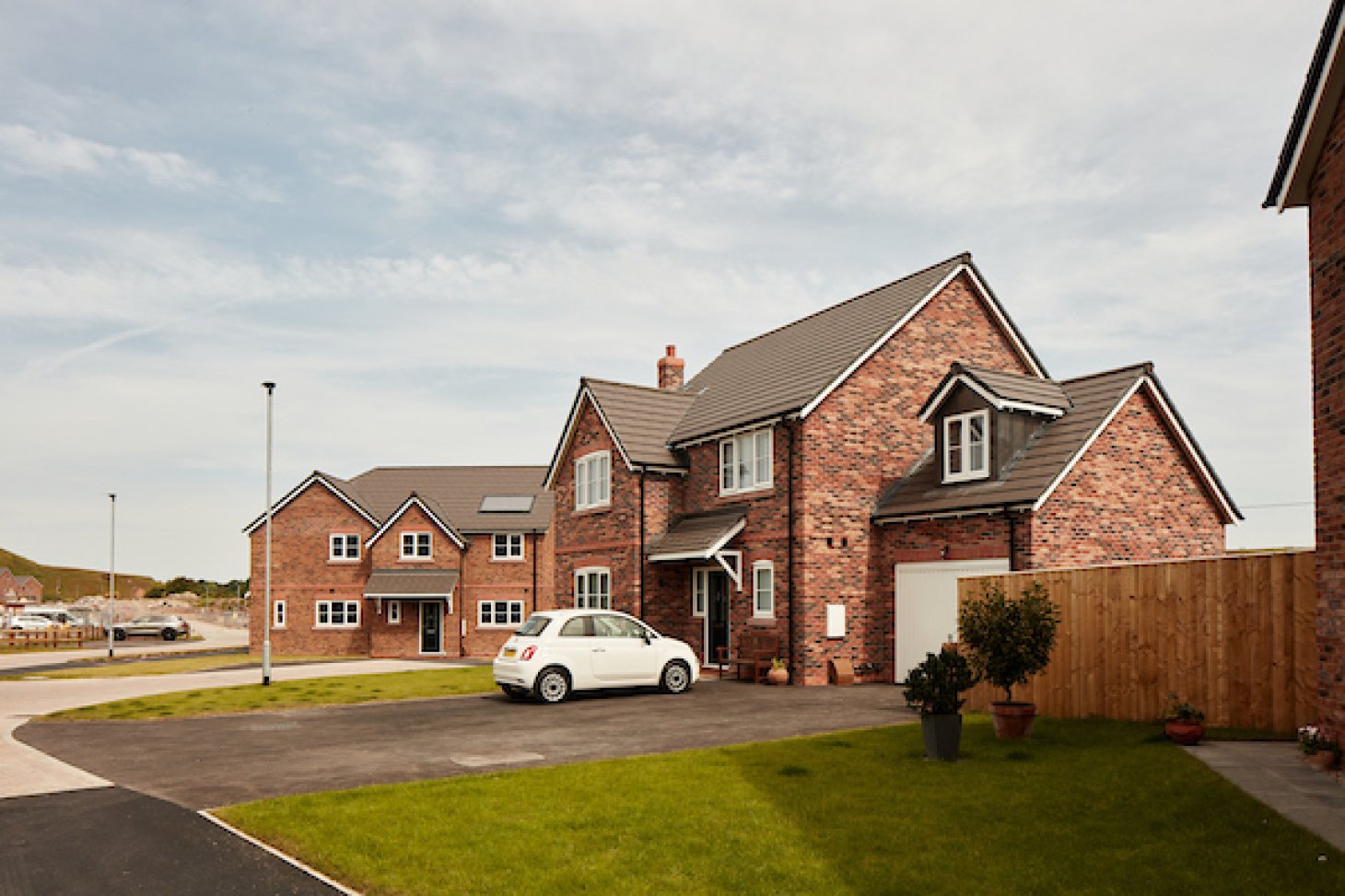
A recent study published by the Future Homes Hub is one of the first independent studies of whole life carbon emissions associated with different building types. The Embodied and Whole Life Carbon of Future Homes Standard Options Report concludes that a masonry build home, using traditional cavity wall construction, will have a whole life carbon intensity of just 1-2% more than a timber frame construction.
This is based on embodied carbon figures available now, with the expectation that the difference will fall further as energy sources are gradually decarbonised.
It is good to see an objective and robust calculation method being used to compare materials and building types – challenging a too-widely held assumption that masonry buildings are substantially less sustainable than timber frame alternatives.
Supporting housebuilders
The document was produced to support housebuilders working towards meeting the Future Homes Standard. Calculating embodied carbon emissions is complicated, and the FHH wanted to try and ensure that housebuilders looking to develop standard building types to meet the new standard include embodied carbon calculations in their plans.
Embodied carbon accounts for an ever-greater percentage of the carbon emissions associated with the lifespan of a new home, and the report concludes that all manufacturers will need to continue with decarbonisation improvements into the future. It should be remembered that manufacturers do not exist in isolation and that external factors such as grid decarbonisation will contribute to reduced embodied carbon over time.
Calculations for complex components
This paper also draws attention to some of the challenges associated with calculating whole life carbon emissions. The external wall structure is, in many ways, the most straightforward. There are a minimal number of products involved: aircrete, insulation, mortar, bricks, timber etc.
All of these products can point to limited supply chains and reasonably accurate embodied carbon calculations. When it comes to more complex technology – MHVC systems, for example - the number and origin of component parts increases and therefore the complexity of embodied carbon calculations also rises.
If we are to meet zero carbon targets and imagine a future where whole life carbon emissions are controlled, we need housebuilders to consider whole life carbon at the design stage.
Carbon assessment tool
It’s not straightforward, and the Future Homes Hub has introduced its own simplified Carbon Assessment Tool as an entry point for smaller developers who lack the resources to carry out their own carbon calculations.
Embodied and whole life carbon calculation methods are still evolving and there remains a lack of consistency across material types and industry sectors. As it is a relatively new field, this is perhaps not surprising and a consensus will emerge over time.
From the perspective of H+H, however, this report is a welcome acknowledgement of the contribution that masonry methods can make in designing the homes of the future, contributing to fabric efficiency and to a gradual reduction in whole life carbon emissions.